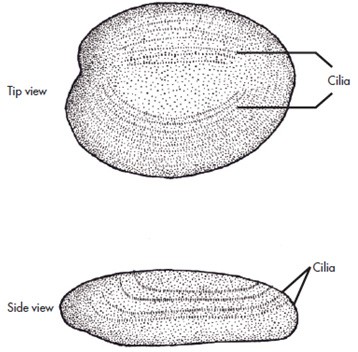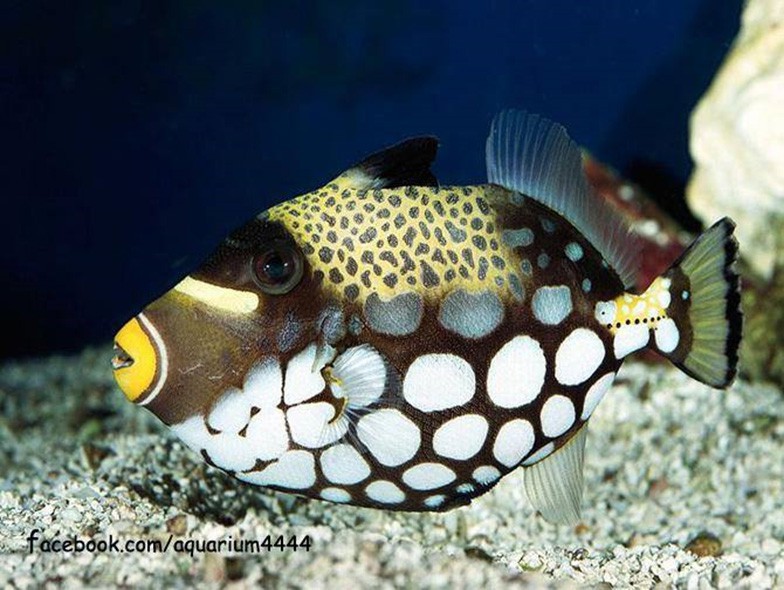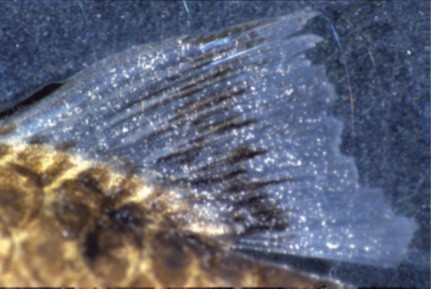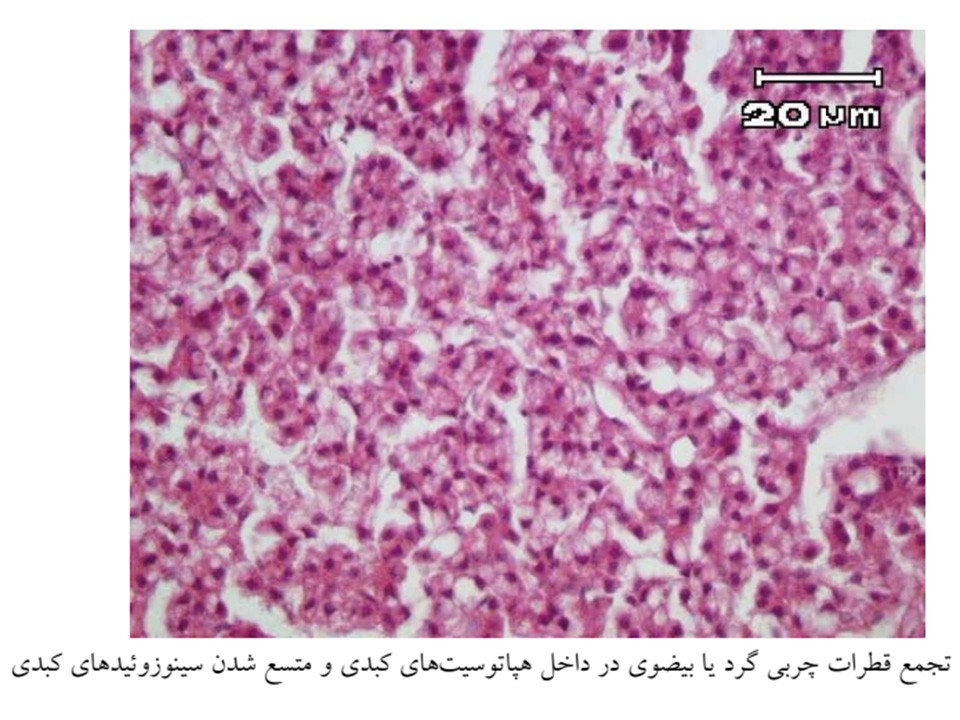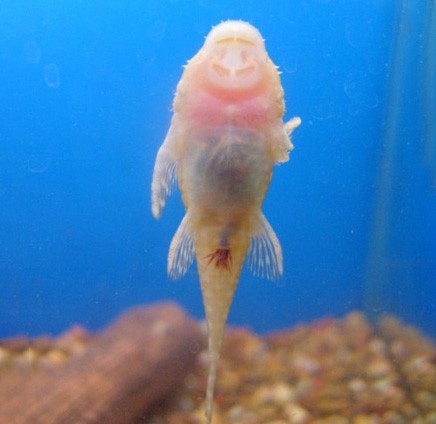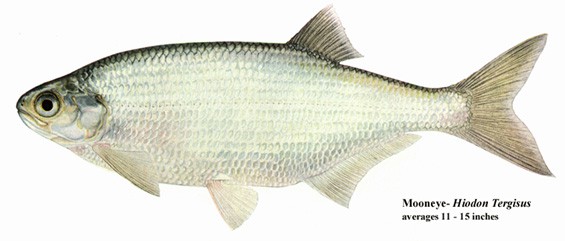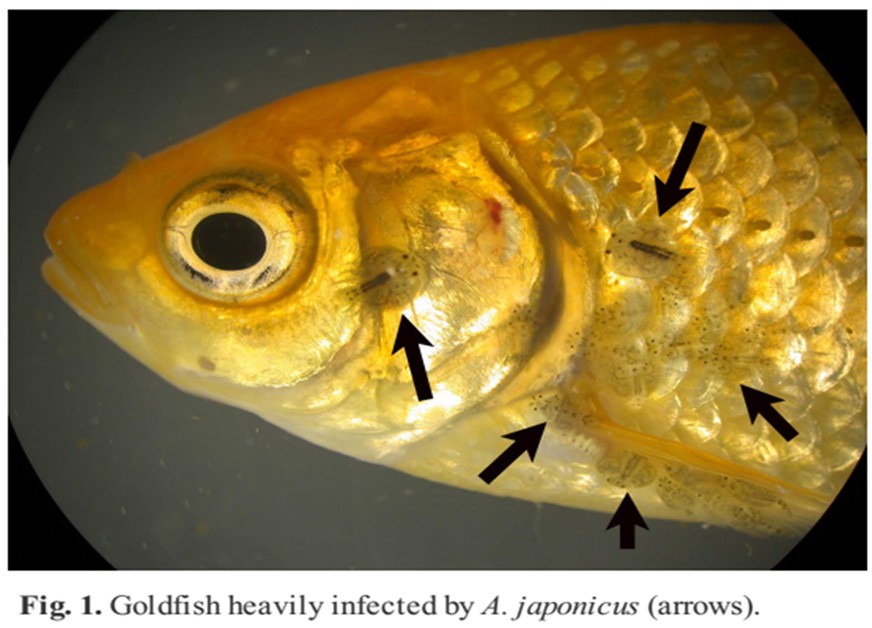Chilodonellosis
جهت مشاهده متن کامل مقاله اینجا کلیک کنید
Morphology:
- Leaf-shaped ciliated protozoans
- oval
- dorsoventrally flattened
- slightly asymmetric
- Mobiles
- 40-60 um
Life cycle
- monoxen life cycle with transversal division
- sexual reproduction by conjugation
- Giemsa-stainedChilodonella hexastichareveals a nuclear apparatus (a–b) and binary fission (b). The kineties (c–f) and binary fission (d) can be observed in the silver nitrate-impregnated specimens. High magnification photomicrography of the oral ciliature (e–f). Bar: 10 μm
Epidemiology:
- Only two species have been observed causing damage in fish:
–C. hexastica
– C. piscicola (c.cyprini)
- parasitize of the skin, gills and fins of freshwater
- wide temperature tolerance
Pathogenesis
- Chilodonella elicits a strong cellular response, which suggests that it may feed directly on epithelium. It appears to feed by penetrating the host cells with its cytostome and sucking out the contents
- the disease is frequently accompanied by bacterial opportunistic secondary infections that provoke systemic infection and host death
clinical signs:
- respiratory difficulty, loss of equilibrium and appetite.
- whitish lesions on the gills, scaleness, skin and fins ulcers, and haemorrhagic areas
- In acute cases, an increase in the mucus production with consequent congestion of the gills
Diagnosis:
- 1. Wet mount of skin or gills with parasite
- 2. Histopathology of skin or gills with parasite


